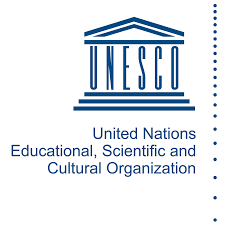Free Courses Sale ends Soon, Get It Now


Free Courses Sale ends Soon, Get It Now



Copyright infringement not intended
In News: India has been elected as a member of the Intergovernmental Committee of UNESCO’s 2003 Convention for the Safeguarding of the Intangible Cultural Heritage for the 2022-2026 cycle.
Details:
Recent developments:
List of the Intangible Cultural Heritage of Humanity
13 other elements apart from Durga Puja

What is UNESCO?
https://www.pib.gov.in/PressReleasePage.aspx?PRID=1839891
© 2024 iasgyan. All right reserved